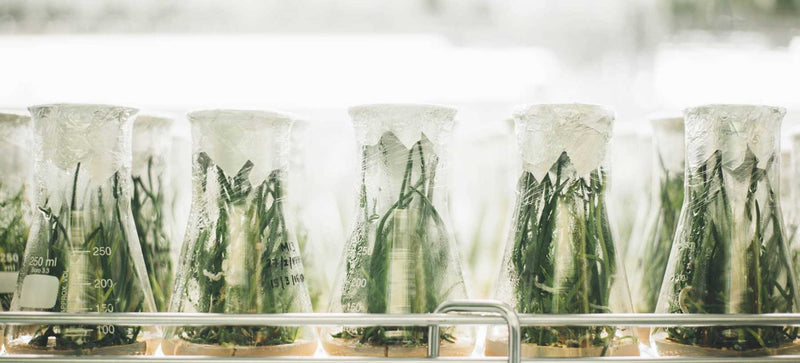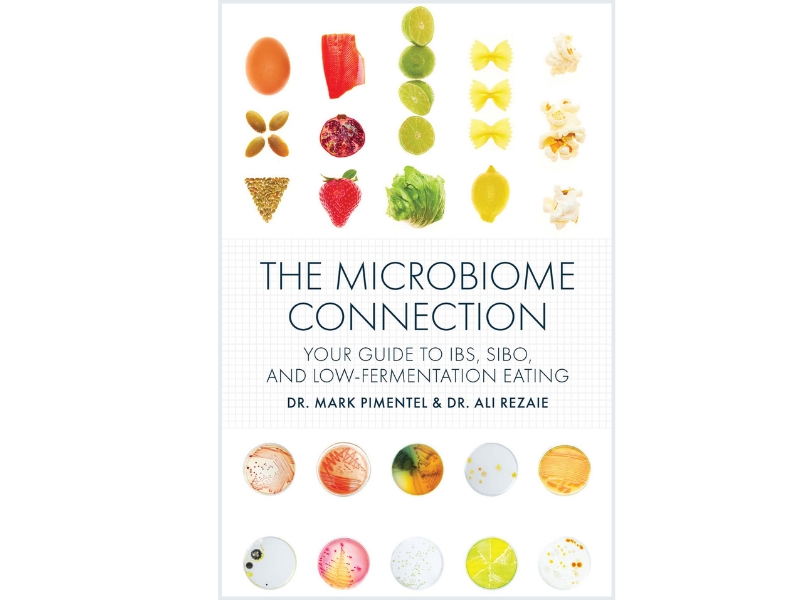
Your guts are home to a cast of trillions of bacteria, viruses, and fungi that all congregate and collectively make up your microbiome. This large gastrointestinal tribe shapes the onset, incidence, and treatment of a startling number of diseases. In the past 20 years since microbiome research took off, much has been discovered about how this unseen ecosystem interacts with all aspects of human life. Understanding the microbiome is helping to sort out the intricacies of diet, metabolic disorders, cancer treatment and more.
So what does a “normal” microbiome looks like? The truth is no one knows. Your microbiome is different than anyone else’s. Yes, there are common, classic patterns, but if you look at the details, each one of us has a distinct and different microbiome. Your diet, environment, medications
The point is there is no one “normal” microbiome. We don’t know what an amazing, perfect microbiome should be. Some people think they have to make their microbiome perfect, but there is no magic mix of bacteria.
Likewise, your diet makes your microbiome unique. If you lived in Africa, your microbiome would be different because the diet in Africa is different from the diet in the United States. In Greece, people eat Greek food every night. In Africa, they eat regional foods every night. However, in North America, we eat Greek food one night, Italian food another night and Mexican food the next night. We tend to eat different types of cuisine every night. This is like trying to bake bread by using a different recipe every time. Never in our history has our diet been so diverse with so many different food ingredients, and this likely is modifying our microbiome as never before.
In addition, here in the US, food additives can disrupt the microbiome. Emulsifiers added into food to make it creamy, or sodium benzoate to reduce fungal growth and preserve shelf life, make food more appealing or preserve it. But they have the potential to disrupt the microbiome. An emulsifier, such as polysorbate 80, disrupts mucous membranes (which cover the surface of internal organs) and, in effect, emulsifies your microbiome, too. Sodium benzoate kills the fungus that is supposed to be in the microbiome.
The microbiome is ancient and ubiquitous. We humans are, in effect, vehicles for the preservation and growth of these microbes. In fact, we are more bacterial than human. Until recently, scientists believed that less than half of the body is made of human cells and the rest is bacterial. Now we believe there are at least as many bacteria as human cells in the body, and there may be up to 10 times more bacteria.
The microbiome exists in different parts of the body — skin, mouth, gut
About the Author
Mark L. Fuerst is an award-winning freelance health and medical writer based in Brooklyn and the author of 13 books on health topics.

The Microbiome Connection: Your Guide to IBS, SIBO and Low Fermentation Eating
A must-have resource for anyone who suffers from IBS or SIBO, or who wants to better understand their microbiome, this book will help you live a gut-happy and gut-healthy life.
